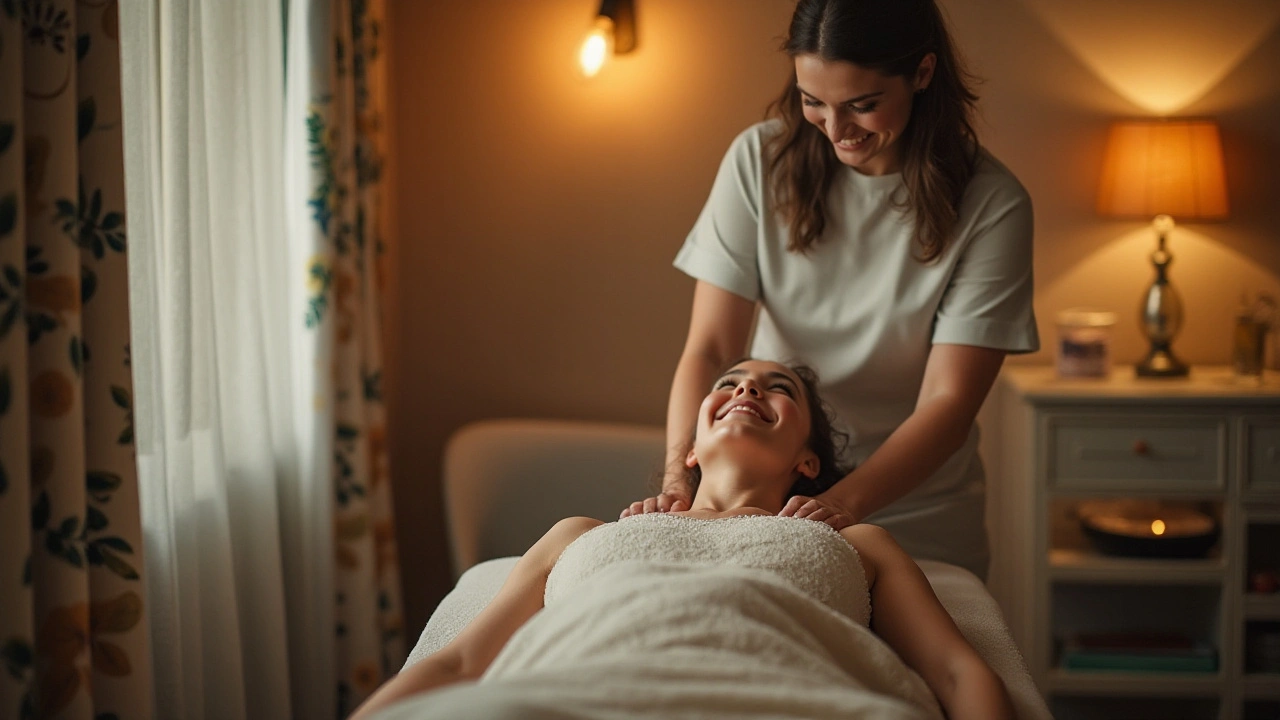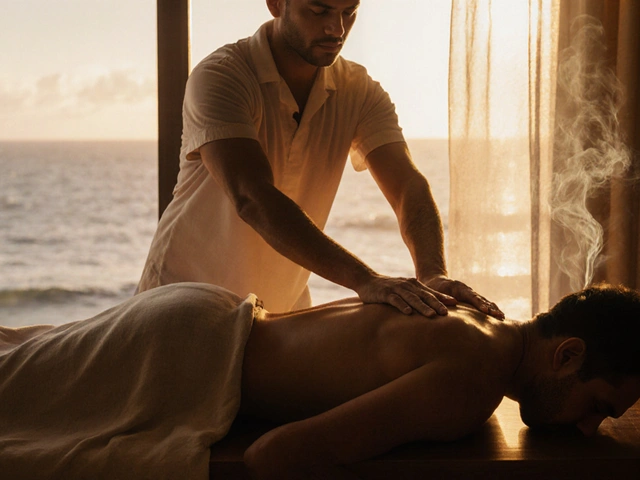Movement Education: Relearn How Your Body Moves
Movement education teaches you to move with less pain, more ease, and better balance. It’s not about hours at the gym or perfect technique. It’s about noticing habits, testing simple patterns, and retraining the brain-body connection. Therapies like Feldenkrais, Ortho-Bionomy, Hellerwork, and Rolfing all sit under this umbrella because they change how your nervous system and tissues coordinate.
If you sit all day, you probably carry tension where you don’t need it. Movement education shows you where that tension lives and gives short exercises to release it. For example, a Feldenkrais lesson often uses tiny, slow movements to teach the brain a new option. Ortho-Bionomy uses gentle positioning to invite the body to reset. Hellerwork focuses on structural alignment across repeated sessions.
Quick habits you can try today
Try these simple steps three times a day: 1) Slow roll your shoulders forward and back for one minute while breathing evenly. 2) Stand with feet hip-width, shift weight slowly from one leg to the other for 30 seconds, noticing ankles and hips. 3) Lie on your back and gently draw each knee to your chest one at a time, moving slowly and comfortably. These micro-practices teach your nervous system new options without strain.
Movement education also helps people recovering from injury or surgery. Posts on this site cover fields like contractual tendon release recovery and palliative massage. The goal is the same: give the body safer movement choices as tissues heal. If you’re rehabbing, work with a therapist who understands both the injury and gentle movement strategies so you don’t overload healing tissue.
How to pick the right path
Start by naming your main issue: pain, stiffness, balance, or posture. If pain flares quickly, choose gentle methods—Feldenkrais or Ortho-Bionomy. If you want structural change, consider Hellerwork or occasional Rolfing sessions paired with movement lessons. If you seek relaxation plus muscle work, Amma or stone therapy can complement movement training.
Ask a practitioner what to expect in a first session: will they guide movement hands-on, or will they show exercises you repeat at home? Good teachers give clear, repeatable steps you can do alone. Track progress in small wins: fewer stiff mornings, easier stairs, deeper breathing during long drives.
Movement education isn’t a quick fix. It’s practice that stacks up. Ten minutes a day of mindful movement beats an hour of random stretching once a week. Be patient, choose a method that fits your body and goals, and keep a short daily routine. Your movement will change faster than your patience expects.
If you want a guided start, try one Feldenkrais lesson or a single Ortho-Bionomy session and practice their home movements for two weeks. Keep a short log: note pain level, range of motion, and sleep quality. Small data helps spot real change. If progress stalls after four weeks, switch approach or add hands-on bodywork like Hellerwork or Rolfing. Many people get biggest gains by mixing gentle movement with targeted manual therapy and consistency.

Finding Chronic Pain Relief through Hellerwork Therapy
Hellerwork is a powerful technique designed to address chronic pain through a combination of deep tissue bodywork, movement education, and dialogue. By understanding how it works and its benefits, individuals suffering from persistent pain can find lasting relief. This therapy helps realign body structure, improve posture, and fosters emotional healing, providing holistic health benefits.
Categories
- Health and Wellness (148)
- Alternative Therapies (86)
- Massage Therapy (40)
- Travel and Culture (15)
- Beauty and Skincare (9)
- Holistic Health (8)
- Health and Fitness (5)
- Spirituality (5)
- Other (2)
- Personal Development (2)
Popular Articles



